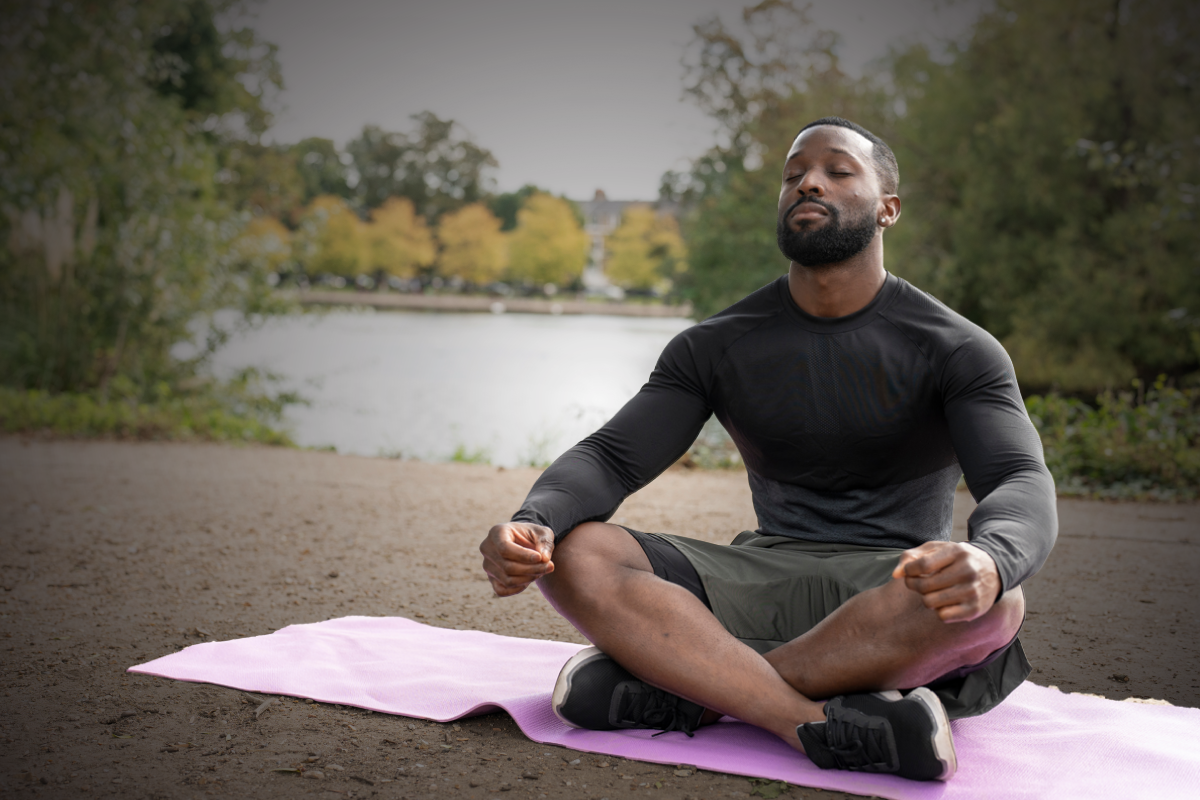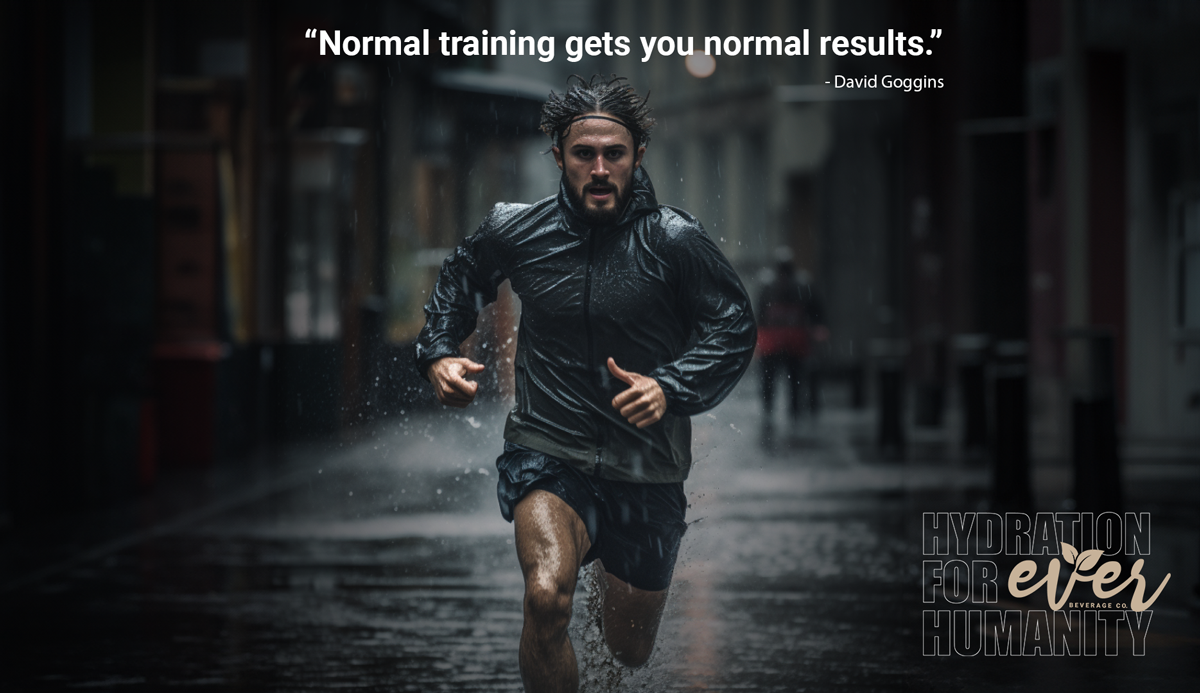
Achieving peak performance requires more than just physical training, it requires mental focus, emotional regulation, and overall well-being. One powerful tool that can help athletes, performers, and professionals alike achieve peak performance is mindfulness.
In this post, we explore the science behind mindfulness and how you can use mindfulness techniques to enhance your performance in all areas of life.
The Science Behind Mindfulness
Neuroplasticity is the brain’s remarkable ability to reorganize itself by forming new neural connections in response to learning, experience, or injury. Mindfulness practices, such as meditation and mindful awareness, have been shown to enhance neuroplasticity. This means that regular mindfulness practice can actually change the structure and function of your brain, allowing you to become more adaptable, resilient, and capable of learning new skills.
The prefrontal cortex is the part of the brain responsible for higher-level thinking, decision-making, and emotional regulation. Mindfulness practices activate the prefrontal cortex, strengthening its ability to regulate emotions and control impulses. This activation can lead to improved focus, enhanced decision-making skills, and better overall emotional regulation, all of which are crucial for peak performance in any endeavor.
Benefits of Mindfulness for Peak Performance
One of the key benefits of mindfulness is its ability to improve focus. With practice, you can train your brain to maintain focus on the task at hand while ignoring distractions. This can be particularly beneficial for athletes and performers who need to maintain a high level of concentration during competitions or performances.
Another important benefit of mindfulness is its ability to regulate emotions. Mindfulness practices help you become more aware of your thoughts and emotions without judgment, allowing you to respond to them in a more balanced and constructive way. This can be especially helpful for managing the stress and anxiety that often accompany high-pressure situations.
Mindfulness has been shown to improve various aspects of cognitive function, including working memory, cognitive flexibility, and problem-solving skills. By practicing mindfulness, you can enhance your ability to think clearly, make decisions quickly and effectively, and adapt to new and challenging situations with ease.
Mindfulness Techniques for Peak Performance
Breathing Exercises
Deep Breathing: This technique involves taking slow, deep breaths to calm the mind and body. Begin by inhaling deeply through your nose, filling your lungs with air. Hold the breath for a few seconds, then exhale slowly through your mouth. Repeat this process several times to promote relaxation and reduce stress.
Box Breathing: Also known as square breathing, this technique helps regulate your breathing and calm your mind. Inhale deeply for a count of four, hold your breath for four counts, exhale slowly for four counts, and then hold your breath again for four counts. Repeat this pattern several times, focusing on the rhythm of your breath to promote a sense of calm and focus.
Body Scan Meditation
- Progressive Muscle Relaxation: This technique involves systematically tensing and relaxing each muscle group in your body to promote relaxation and reduce tension. Start by lying down in a comfortable position and focusing on your breathing. Begin at your feet and work your way up, tensing each muscle group for a few seconds before releasing the tension. Notice the difference between tension and relaxation in each muscle group as you progress through your body.
Mindful Eating
- Savoring: Mindful eating involves paying full attention to the experience of eating, including the flavors, textures, and sensations of each bite. To practice mindful eating, take small bites, chew slowly, and fully savor the taste of your food. Notice the colors, smells, and sounds of your meal, and pay attention to how your body feels as you eat. This practice can help you develop a healthier relationship with food and improve digestion.
Visualization
- Create a Mental Image: Visualization is a powerful technique used by athletes and performers to enhance performance. To use visualization for peak performance, close your eyes and create a detailed mental image of yourself achieving your goals. Imagine every aspect of the experience, including the sights, sounds, and sensations associated with success. Visualize yourself performing at your best, feeling confident, focused, and in control. This practice can help improve your confidence, motivation, and performance in any area of life.
By incorporating these mindfulness techniques into your daily routine, you can enhance your focus, reduce stress, and improve your overall performance in sports, work, and life.

Incorporating Mindfulness into Training
Before and after physical activity, engage in mindful stretching to prepare your body and mind for exercise and promote recovery. As you stretch, focus on the sensations in your muscles, noticing any tightness or discomfort. Breathe deeply and intentionally, allowing your breath to guide your movements and deepen your stretch. Mindful stretching not only improves flexibility but also enhances body awareness and helps prevent injuries.
Incorporate deep breathing exercises into your warm-up and cool-down routines to enhance relaxation and focus. As you breathe deeply, imagine your breath flowing through your body, bringing oxygen to your muscles and releasing tension. This mindful breathing can help you connect with your body and prepare it for the physical demands of training.
Mindful Movement
Tai Chi: Tai Chi is a form of mindful movement that combines deep breathing and slow, flowing movements to improve balance, flexibility, and strength. Practicing Tai Chi can help you develop a greater sense of body awareness and improve your ability to move gracefully and efficiently.
Yoga: Yoga is another mindful movement practice that focuses on linking breath with movement. Yoga poses, or asanas, are designed to increase flexibility, strength, and balance, while also promoting relaxation and stress relief. Incorporating yoga into your training routine can help you improve your overall physical and mental well-being, making it an excellent complement to any training program.
By incorporating mindful stretching, breathing exercises, and mindful movement practices like Tai Chi and yoga into your training routine, you can enhance your physical performance, reduce the risk of injury, and cultivate a greater sense of mindfulness and well-being.

Case Studies and Success Stories
Athletes Who Practice Mindfulness
LeBron James: LeBron James, often considered one of the greatest basketball players of all time, is known for his mental toughness and focus on the court. James has spoken openly about his use of mindfulness techniques to stay calm and focused during high-pressure moments in basketball games. He credits mindfulness with helping him maintain his composure, make better decisions, and perform at his best when the stakes are high.
Novak Djokovic: Novak Djokovic, a professional tennis player and multiple-time Grand Slam champion, is another athlete who has benefited from mindfulness practices. Djokovic has credited mindfulness with helping him achieve peak performance on the tennis court by improving his ability to stay present, maintain focus, and manage stress during matches. Djokovic’s mindfulness practice includes techniques such as deep breathing, visualization, and positive self-talk, all of which contribute to his success on the court.
Kobe Bryant: The late Kobe Bryant, a basketball legend, was known for his relentless work ethic and mental toughness. Bryant often spoke about the importance of mindfulness in his training and preparation for games. He used mindfulness techniques such as visualization and focused breathing to enhance his focus, reduce anxiety, and perform at his best on the basketball court. Bryant’s commitment to mindfulness not only helped him achieve great success in basketball but also inspired countless athletes around the world to incorporate mindfulness into their own training routines.
Simone Biles: Simone Biles, an American gymnast and four-time Olympic gold medalist, is known for her incredible athleticism and mental resilience. Biles has spoken about the role of mindfulness in her training, particularly its ability to help her stay calm and focused during high-pressure competitions. Biles uses mindfulness techniques such as deep breathing and visualization to enhance her performance and manage the stress of competitive gymnastics. Her dedication to mindfulness has not only helped her achieve unprecedented success in gymnastics but has also inspired others to prioritize mental health and well-being in their own lives.
These athletes are just a few examples of how mindfulness can positively impact performance in sports and beyond. By incorporating mindfulness into their training and competition routines, these athletes have been able to achieve peak performance and reach the pinnacle of their respective sports. Their stories serve as inspiration for others looking to enhance their own performance through mindfulness practices.
Practical Tips for Mindfulness in Daily Life
Use your commute as an opportunity to practice mindfulness by paying attention to the present moment. Notice the sights, sounds, and sensations around you without judgment. Take in the beauty of your surroundings, whether it’s the changing colors of the leaves, the sound of birds chirping, or the feeling of the breeze on your skin. By focusing on the present, you can reduce stress and increase your sense of calm and well-being during your commute.
Use your senses to fully experience your commute. Notice the colors of the cars around you, the smell of the air, the feel of the steering wheel or handlebars in your hands, and the taste of your morning coffee or tea. Engaging your senses can help you stay present and mindful, even in the midst of a busy commute.
Mindful Breaks
Mini Meditation: Take a few minutes during your day to close your eyes and focus on your breath. Sit or stand in a comfortable position, close your eyes, and take a few deep breaths, focusing on the sensation of your breath as it enters and leaves your body. Allow your mind to settle and your body to relax. This mini meditation can help you reset and recharge, allowing you to approach the rest of your day with a renewed sense of focus and calm.
Mindful Walking: If you have the opportunity, take a short walk during your break and practice walking meditation. Focus on the sensation of each step as your foot makes contact with the ground, noticing the movement of your body and the sensations in your feet and legs. Walking mindfully can help you clear your mind, reduce stress, and improve your mood.
Incorporating these mindfulness practices into your daily routine can help you stay present, reduce stress, and improve your overall well-being. Whether you’re commuting to work, taking a break during your day, or simply going about your daily activities, practicing mindfulness can help you cultivate a greater sense of peace and presence in your life.
Conclusion
Mindfulness is a powerful tool that can help you achieve peak performance in all areas of your life. By incorporating mindfulness techniques into your training and daily routine, you can improve your focus, regulate your emotions, and enhance your overall well-being. Start practicing mindfulness today and discover the transformative power it can have on your performance and quality of life.





